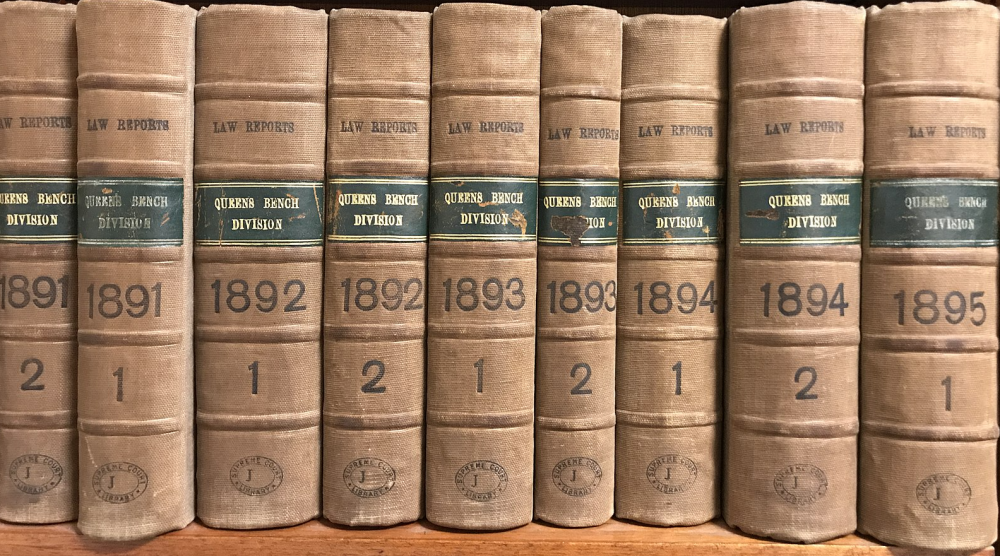United States v Connolly and Black
|
The Jolly Contrarian Law Reports
Our own, snippy, in-house court reporting service.
|
The counterpoint to Hayes and Palombo v R.
On 27 January 2022, the Second Circuit quashed the convictions of Matthew Connolly and Gavin Black, traders at Deutsche Bank, one of the 16 US dollar LIBOR panel banks for bank fraud and wire fraud in connection with US dollar LIBOR submissions by inducing co-workers to submit to false statements that could influence LIBOR rates, to increase their employer’s profits on existing derivatives contracts.
Connolly and Black argued that there was insufficient evidence to establish the elements of the counts of which they were convicted. The principal evidence adduced by the prosecution was expert testimony from one economist and three co-operating alleged co-conspirators.
In allowing the appeals, the court found the evidence was insufficient as a matter of law to permit a finding of falsity:
“Because we conclude, for the reasons which follow, that the evidence was insufficient to prove that the defendants caused DB to make LIBOR submissions which were false or deceptive i.e. to prove that they engaged in conduct that was within the scope of para 1343, we reverse defendants’ convictions.”
The Government had failed to adduce sufficient evidence that there was “one true interest rate” or that DB’s submissions took into account only the inputs to DB’s official LIBOR pricer. DB’s LIBOR submission had differed from the pricer even where there was no request from a trader.
The US Court’s interpretation of the LIBOR definition is starkly different from the UK Court of Appeal’s:
And in the [US] district court’s view, evidence that DB Bank “could have borrowed funds at a submitted rate would not have rendered the Defendants’ statements truthful.” … (emphasis in original). We disagree. The precise hypothetical question to which the LIBOR submitters were responding was at what interest rate “could” DB borrow a typical amount of cash if it were to seek interbank offers and were to accept. If the rate submitted is one that the bank could request, be offered, and accept, the submission, irrespective of its motivation, would not be false.
